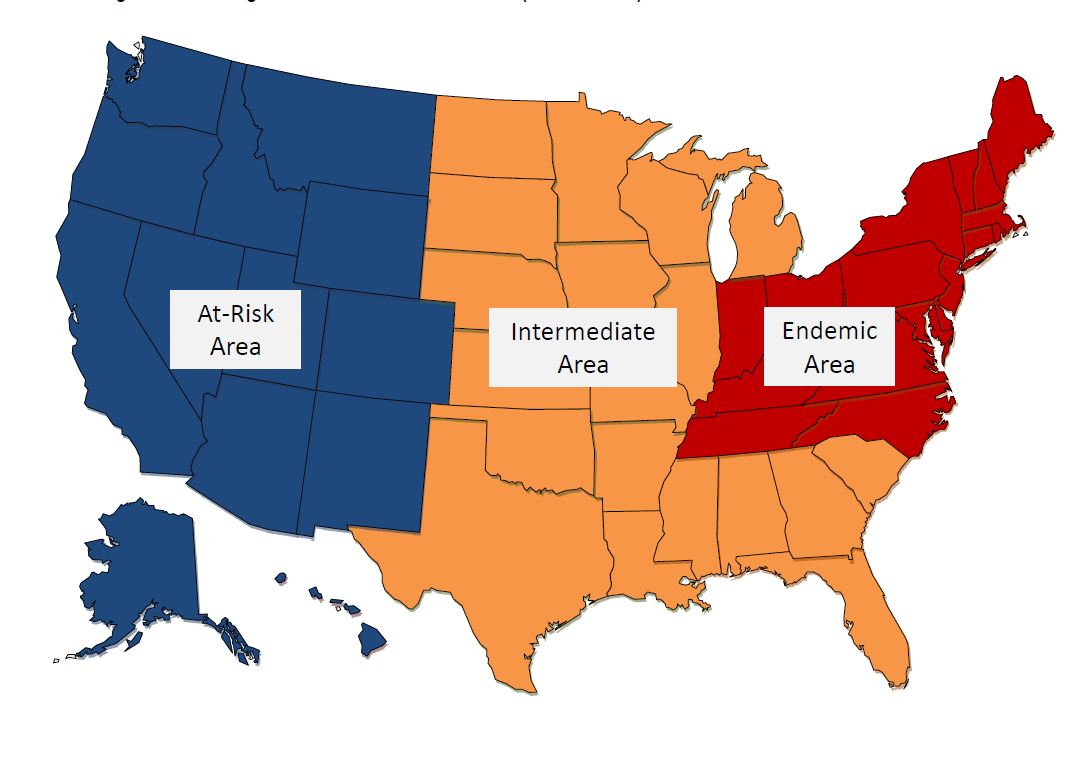 The National Wildlife Health Center (in Madison, Wisc., part of the US Geological Survey) has updated the Bat Submission Guidelines for the 2013/2014 white nose syndrome (WNS) surveillance season.These are the protocols that you, a state wildlife biologist, would use to submit a bat or other sample to the center for WNS diagnosis.
The National Wildlife Health Center (in Madison, Wisc., part of the US Geological Survey) has updated the Bat Submission Guidelines for the 2013/2014 white nose syndrome (WNS) surveillance season.These are the protocols that you, a state wildlife biologist, would use to submit a bat or other sample to the center for WNS diagnosis.
The new protocol breaks the country into three regions (WNS prevalent, some WNS, no WNS yet) and has slightly different procedures for each region. One new aspect is the availability of swab kits, so that whole dead bats don’t always have to be sent to the center.
The notice for the new protocol also include the advice not to survey for WNS before mid-winter. The fungus is typically not recognizable before mid-winter and the extra disturbance harms the bats.
The supporting documents include a lot of PDFs:
The National Wildlife Health Center Bulletin announcing the new protocol. (PDF)The new protocol itself (PDF; 29 pages)
A non-PDF version of the new protocol announcement from whitenosesyndrome.org (which is a US Fish and Wildlife Service site)
And, if you are a state wildlife biologist, and you haven’t signed up for the National Wildlife Health Center’s Wildlife Health Bulletin, you should. It comes out as-needed, and that has never been more than once a month, usually much less. Here’s the link to back issues. Information for subscribing is in tiny print at the end of the bulletin.
Graphic: Map from WNS protocol; USGS

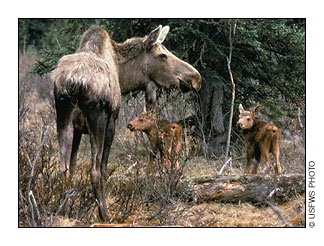 Between January 20 and February 2, 2014, the New Hampshire Department of Fish and Game will be collaring moose in the northern part of the state to study moose decline,
Between January 20 and February 2, 2014, the New Hampshire Department of Fish and Game will be collaring moose in the northern part of the state to study moose decline,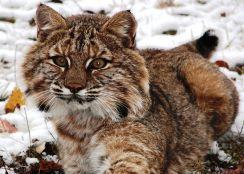 It all began, says
It all began, says Ten red wolves have been shot on North Carolina’s northeastern coast in the past year,
Ten red wolves have been shot on North Carolina’s northeastern coast in the past year,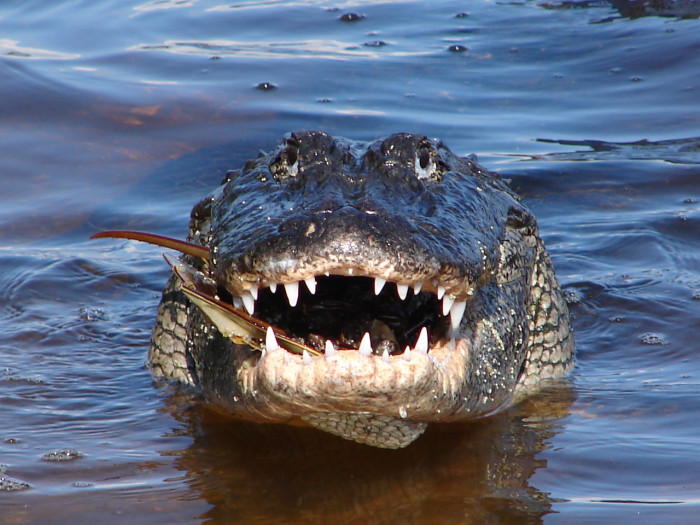 The Mississippi Department of Wildlife, Fisheries and Parks says that alligators are under its authority, and a Wilkinson County couple should not be able to sue ExxonMobil over the alligators on the oil company’s property because wildlife is not private property, and managing wildlife is the department’s domain,
The Mississippi Department of Wildlife, Fisheries and Parks says that alligators are under its authority, and a Wilkinson County couple should not be able to sue ExxonMobil over the alligators on the oil company’s property because wildlife is not private property, and managing wildlife is the department’s domain, 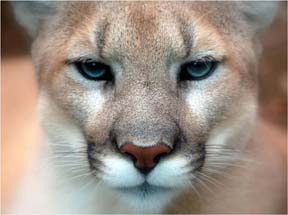 There is a small population of mountain lions in the Santa Monica Mountains, just northeast of Los Angeles. The problem is,
There is a small population of mountain lions in the Santa Monica Mountains, just northeast of Los Angeles. The problem is, 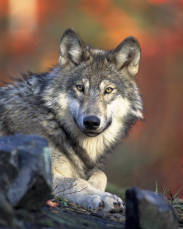 It’s not news. Every once in a while someone sees something that either looks like a wolf or is proven to be a wolf in northern Maine. Sometimes this matters, such as when, as it did about 20 years ago, the US Fish and Wildlife Service kicks around the idea of returning wolves to Maine. Sometimes it doesn’t really matter. Most of the time, actually.
It’s not news. Every once in a while someone sees something that either looks like a wolf or is proven to be a wolf in northern Maine. Sometimes this matters, such as when, as it did about 20 years ago, the US Fish and Wildlife Service kicks around the idea of returning wolves to Maine. Sometimes it doesn’t really matter. Most of the time, actually.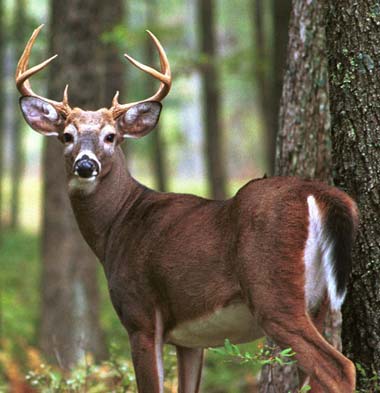 Chronic Wasting Disease (CWD) was first detected in Pennsylvania in 2012 at a captive facility in Adams County. Subsequently, three free-ranging deer harvested by hunters during the 2012 season tested positive for CWD. Now,
Chronic Wasting Disease (CWD) was first detected in Pennsylvania in 2012 at a captive facility in Adams County. Subsequently, three free-ranging deer harvested by hunters during the 2012 season tested positive for CWD. Now,